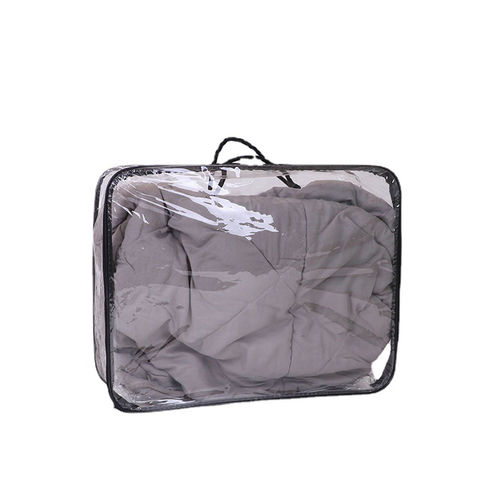In the world of printing, maintaining optimal performance is essential for achieving high-quality results. One of the most critical aspects of printer maintenance is ensuring that the printer head remains clean and free from clogs. A dirty or clogged printer head can lead to poor print quality, including streaks, faded colors, and even complete print failures. In this article, we will delve into the intricacies of how to clean a printer head effectively, providing you with a step-by-step guide, tips, and best practices to ensure your printer operates at its best.
Understanding the Importance of a Clean Printer Head
Before we dive into the cleaning process, it’s essential to understand why maintaining a clean printer head is crucial. The printer head is responsible for transferring ink onto the paper, and any obstruction can disrupt this process. Common issues caused by a dirty printer head include:
- Streaking and Smudging: Inconsistent ink flow can lead to streaks or smudges on printed documents.
- Color Inaccuracy: Clogs can cause colors to appear faded or incorrect, affecting the overall quality of your prints.
- Print Failures: Severe clogs may prevent the printer from functioning altogether, leading to costly repairs or replacements.
Signs That Your Printer Head Needs Cleaning
Before you embark on the cleaning process, it’s essential to identify whether your printer head requires attention. Look out for the following signs:
- Poor Print Quality: If you notice streaks, missing colors, or faded prints, it’s time to clean the printer head.
- Error Messages: Some printers will display error messages indicating that the print head needs maintenance.
- Frequent Ink Usage: If you find yourself replacing ink cartridges more often than usual, it may be due to clogged nozzles.
Step-by-Step Guide to Cleaning Your Printer Head
- Gather Your Supplies
Before starting the cleaning process, gather the necessary supplies:
- Distilled water or a specialized printer head cleaning solution
- Lint-free cloth or paper towels
- A syringe (optional, for more stubborn clogs)
- Gloves (optional, to keep your hands clean)
- Access the Printer Head
For most printers, you can access the printer head by opening the printer cover. Ensure that the printer is turned on, as this will allow the print head to move to the accessible position. If your printer has a removable print head, consult the manufacturer’s manual for instructions on how to remove it safely.
- Perform a Print Head Cleaning Cycle
Most modern printers come with a built-in cleaning utility. This is often the first step in addressing print quality issues. To initiate the cleaning cycle:
- Navigate to the printer settings on your computer or printer display.
- Look for the “Maintenance” or “Tools” section.
- Select “Print Head Cleaning” and follow the prompts.
This process uses ink to flush out minor clogs and can often resolve issues without further intervention.
- Manual Cleaning of the Printer Head
If the automatic cleaning cycle does not yield satisfactory results, you may need to clean the printer head manually:
- Soak the Print Head: If you have removed the print head, soak the nozzles in a shallow dish filled with distilled water or cleaning solution for about 5-10 minutes. This will help dissolve any dried ink.
- Wipe the Nozzles: After soaking, use a lint-free cloth or paper towel to gently wipe the nozzles. Be careful not to apply too much pressure, as this can damage the print head.
- Use a Syringe for Stubborn Clogs: If you encounter stubborn clogs, fill a syringe with cleaning solution and gently inject it into the nozzles. This can help dislodge any blockages.
- Reassemble and Test
Once you have cleaned the printer head, reassemble any components you may have removed. Run a test print to check if the print quality has improved. If issues persist, you may need to repeat the cleaning process or consider replacing the print head.
Best Practices for Preventing Clogs
To minimize the need for frequent cleaning, consider the following best practices:
- Regular Use: Regularly using your printer can prevent ink from drying in the nozzles. If you don’t print often, consider running a test print every few weeks.
- Quality Ink: Use high-quality ink cartridges that are compatible with your printer to reduce the likelihood of clogs.
- Proper Storage: Store your printer in a cool, dry place to prevent humidity from affecting the ink.
Conclusion
Cleaning your printer head is an essential part of printer maintenance that can significantly impact print quality and longevity. By following the steps outlined in this guide, you can ensure that your printer operates smoothly and produces vibrant, clear prints. Remember, regular maintenance is key to preventing clogs and ensuring that your printer remains in top condition. With these practices in place, you can enjoy hassle-free printing for years to come.

